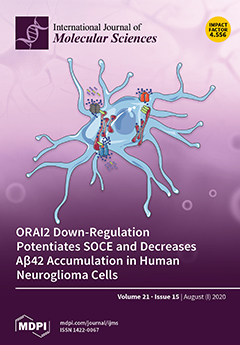The atmospheric CO
2 concentration (a[CO
2]) is increasing at an unprecedented pace. Exogenous melatonin plays positive roles in the response of plants to abiotic stresses, including drought and cold. The effect of elevated CO
2 concentration (e[CO
2]) accompanied by exogenous melatonin on plants under drought and cold stresses remains unknown. Here, tomato plants were grown under a[CO
2] and e[CO
2], with half of the plants pre-treated with melatonin. The plants were subsequently treated with drought stress followed by cold stress. The results showed that a decreased net photosynthetic rate (P
N) was aggravated by a prolonged water deficit. The P
N was partially restored after recovery from drought but stayed low under a successive cold stress. Starch content was downregulated by drought but upregulated by cold. The e[CO
2] enhanced P
N of the plants under non-stressed conditions, and moderate drought and recovery but not severe drought. Stomatal conductance (g
s) and the transpiration rate (E) was less inhibited by drought under e[CO
2] than under a[CO
2]. Tomato grown under e[CO
2] had better leaf cooling than under a[CO
2] when subjected to drought. Moreover, melatonin enhanced P
N during recovery from drought and cold stress, and enhanced biomass accumulation in tomato under e[CO
2]. The chlorophyll
a content in plants treated with melatonin was higher than in non-treated plants under e[CO
2] during cold stress. Our findings will improve the knowledge on plant responses to abiotic stresses in a future [CO
2]-rich environment accompanied by exogenous melatonin.
Full article






